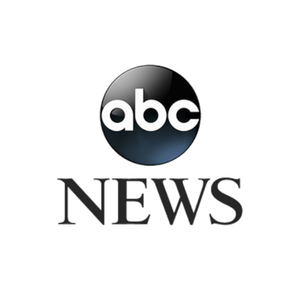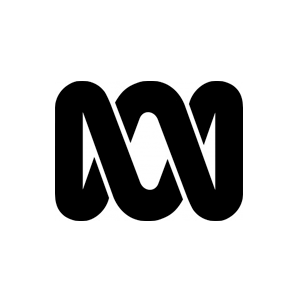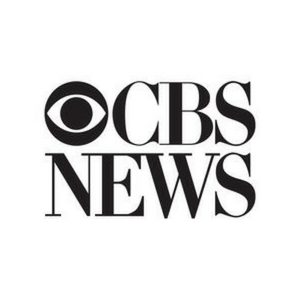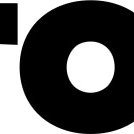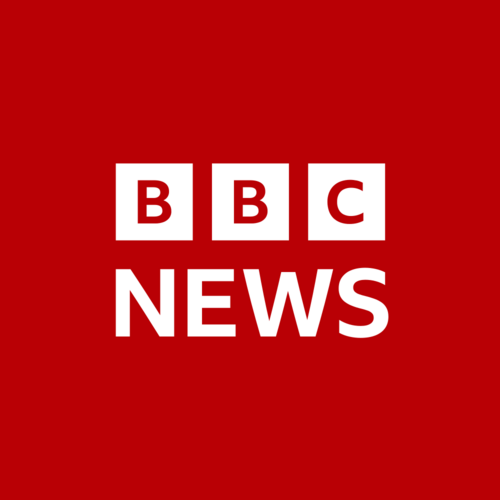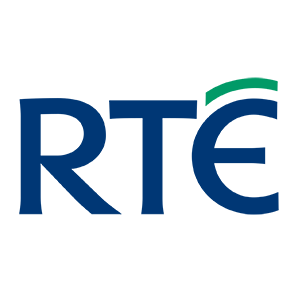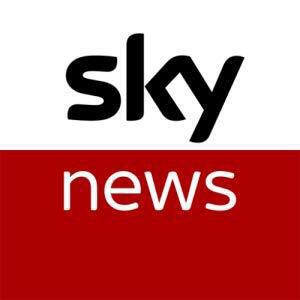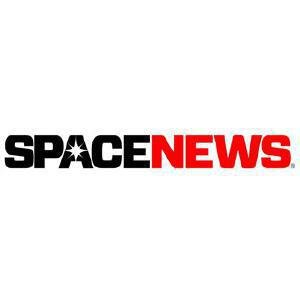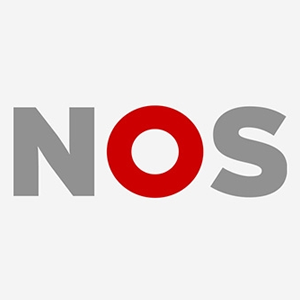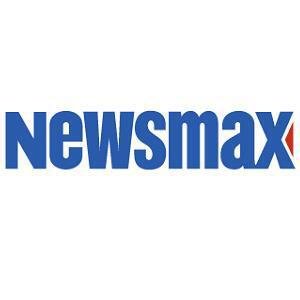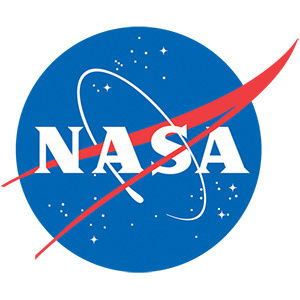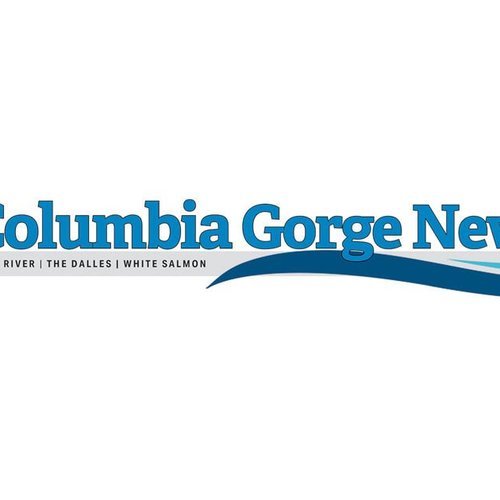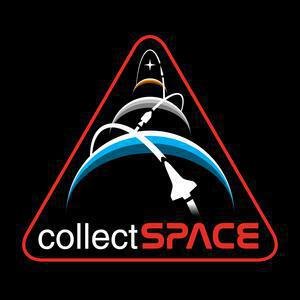- Blue Ghost, Firefly Aerospace’s lunar lander, successfully landed on the Moon on Sunday, March 2. The lander was carrying 10 scientific payloads for a two-week research mission.
- Since its launch on Jan. 15, Blue Ghost has traveled over 2.8 million miles, downlinked more than 27 GB of data and supported various science operations, including record-breaking signal tracking and radiation-tolerant computing.
- Firefly Aerospace became the second U.S. company to land on the Moon, following Intuitive Machines, with NASA awarding contracts for 11 lunar deliveries valued at $2.6 billion through 2028.
Full Story
Blue Ghost, a lunar lander by Firefly Aerospace, successfully touched down on the Moon on Sunday, March 2, marking the company’s debut Moon landing. NASA reported the four-legged lander carried 10 scientific payloads and began a two-week research mission after landing near an ancient volcanic vent on Mare Crisium early Sunday morning.
Since launching from NASA’s Kennedy Space Center in Florida on Jan. 15, Blue Ghost has traveled over 2.8 million miles, downlinked more than 27 GB of data and supported several science operations. These included record-breaking signal tracking from the Global Navigation Satellite System (GNSS) and radiation-tolerant computing through the Van Allen Belts.
“We’re sending these payloads by working with American companies, which supports a growing lunar economy,” Nicky Fox, associate administrator for science at NASA Headquarters in Washington, said. “The science and technology we send to the Moon now helps prepare the way for future NASA exploration and long-term human presence to inspire the world for generations to come.”
What will Blue Ghost do?
Surface operations will include testing lunar subsurface drilling, regolith sample collection, GNSS abilities, radiation-tolerant computing and lunar dust mitigation methods. Teams will also aim to capture imagery of the lunar sunset and observe the reaction of lunar dust to solar influences during lunar dusk, a phenomenon first documented by astronaut Eugene Cernan during Apollo 17.
“On behalf of our entire team, I want to thank NASA for entrusting Firefly as their lunar delivery provider,” Firefly Aerospace CEO Jason Kim said. “Blue Ghost’s successful Moon landing has laid the groundwork for future commercial exploration across cislunar space. We’re looking forward to more than 14 days of surface operations to unlock even more science data that will have a substantial impact on future missions to the moon and Mars.”
Firefly Aerospace became the second U.S. company to land on the Moon, following Houston-based Intuitive Machines’ Odysseus lander in 2024. To date, five vendors have been awarded 11 lunar deliveries under NASA’s Commercial Lunar Payload Services (CLPS) program, sending more than 50 instruments to various locations on the Moon, including the lunar South Pole. Existing CLPS contracts have a cumulative maximum value of $2.6 billion through 2028.
Flight controllers at Firefly’s Austin headquarters watched as Blue Ghost descended gently toward the Moon’s surface at a speed of two miles per hour, confirming its entry into lunar gravity, a month and a half after its launch atop a SpaceX rocket.





